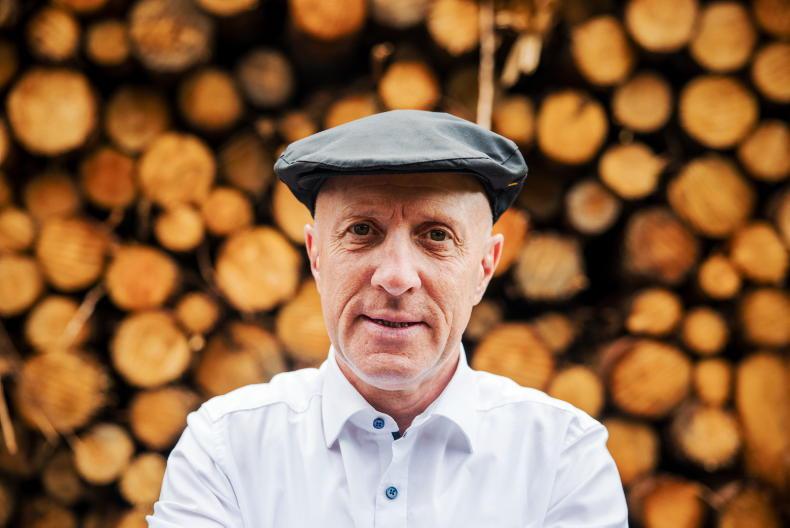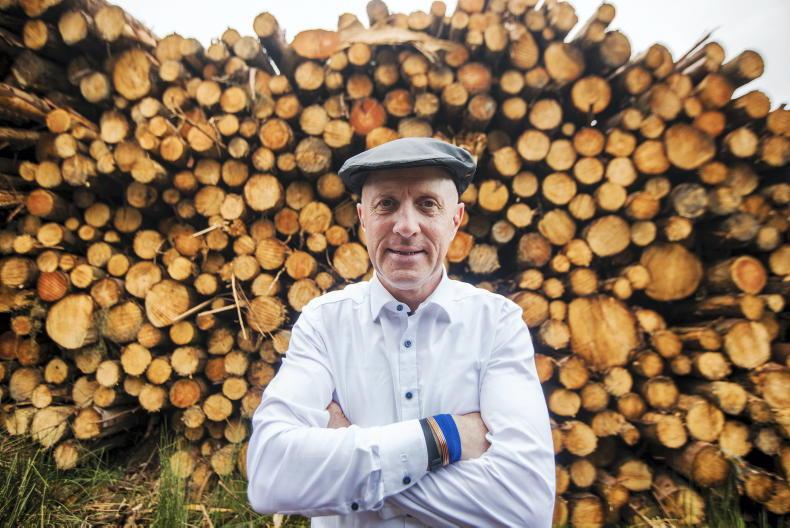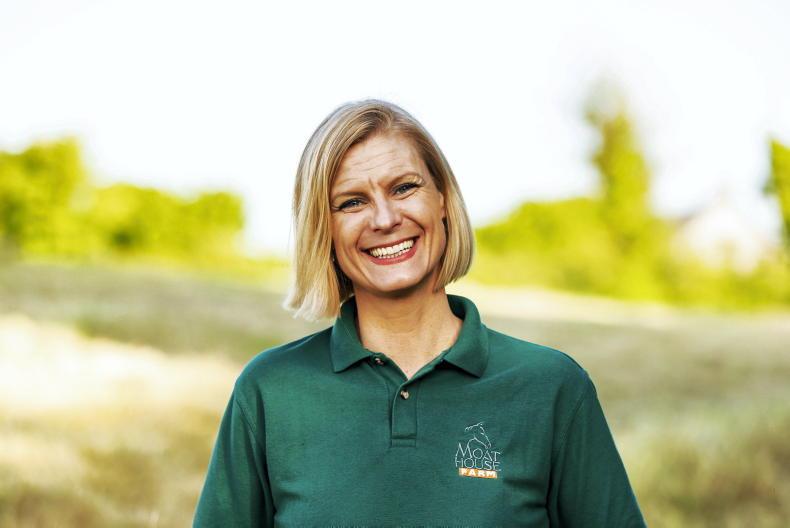Minister of State Pippa Hackett was in confident mood last week during an interview with the Irish Farmers Journal following the announcement of the Government’s €1.3bn Forestry Programme 2023-2027.
She again stressed the climate change benefits and the incentives for farmers to plant in the new programme.
“The programme comes at an appropriate time, given the urgency of taking climate mitigation measures,” she said.
“Planting trees is one of the most effective methods of tackling climate change as well as contributing to improved biodiversity and water quality.”
She maintained that one of her main aims “is to get farmers to re-engage in afforestation”, conscious that farmers now plant only 360ha annually compared with 10,000ha two decades ago.
She believes “the extension of the premium period from 15 to 20 years, which farmers asked for” will be a major factor in getting the farming community back into forestry.
“But there are many other elements in the programme that are attractive to farmers,” she said.
“The significant increase in premiums – from 46% to 66% – is turning heads but I also think the wide range of options available to farmers will allow them to engage with the programme in different ways.”
She cited the different forest types, from native to mixed conifers, as well as new schemes and major changes to existing schemes, which she said are worth considering.
“For example, agro-forestry is now an option for farmers as it doesn’t take agricultural land out of productivity,” she explained.
“There are major opportunities around the one hectare native tree area scheme that exists without the need for a licence. If we get that right, it would be very lucrative for farmers as we have doubled the annual rates to over €2,200/ha.”
‘We cannot force people to plant... we have to incentivise’
When asked if the 8,000ha planting programme was too modest, given that two recent studies recommended doubling this rate to achieve carbon neutrality by 2050, the minister agreed with planting targets of this magnitude in the long term.
She acknowledged the studies carried out by COFORD – the Department’s advisory body – and Prof Cathal O’Donoghue, University of Galway, which recommended annual afforestation programmes of 16,000ha and 18,000ha, respectively. “But, given the current afforestation level [2,000ha], the annual programme of 8,000ha is realistic at present”.
She outlined a number of reasons for this approach. “We cannot force people to plant,” she said.
“Instead, we have to incentivise and support them because it’s important that we get confidence back in the sector, which I believe we can do, and this programme including wider engagement will help enormously,” she added.
“The longer we delay getting trees in the ground the bigger the targets get, which I accept. We need to go beyond the current programme and hit higher rates but we need to get to 8,000ha first.”
Minister Hackett outlined the tree species balance she would like to see as a result of the new programme.
“We have been moving towards an increase in native and broadleaf species and the pressure is on us to do that,” she maintained.
“We are proposing an increase to 35% broadleaves in the new programme which is a step change. When you look at Coillte, they are proposing a 50:50 [native to conifer] species mix in their strategy on State-owned land.”
Given the crucial 2050 year to achieve net zero, would the minister accept the argument for commercial conifer forests, which not only sequester carbon in the forests, but also store it in construction and displace fossil-based material such as concrete and steel within 30 years?
Construction
“We need to ramp up the amount of timber we are using in construction,” she said. “We don’t use near enough timber when you compare us with Scotland, but native trees are there for a different purpose.”
She outlined their biodiversity and carbon sequestration benefits in the long-term. “Both native and commercial species have different roles to play [so] we have to try and strike a balance in species diversity. Farmers are prepared to plant broadleaves and judging from queries there is strong interest in native tree planting.”
Farmers are now required to plant a minimum of 20% of their land with native species. As the IFA has pointed out when you add biodiverse unplanted areas, this means that 30% of land is unproductive for landowners.
While farmers acknowledge that they are paid a premium for all the land, how does the minister respond to the provision of ecosystem payments for non-productive but biodiverse-rich land after the premium period lapses?
“This is certainly something we need to look at in the future,” she said. “We stretched as much as we could in this particular programme in major increases to annual payments and extending the premium period.
“In the future, we are going to have to value the ecosystem services and this is where native woodlands come into play. I can’t speculate on what a future payment might be. But if we are to embrace what we are trying to achieve by keeping emissions low and increasing the ecosystem services that forestry provides, we have to look at ways to reward forest owners that provide these services in the future.”
While the forestry programme has been positively received, farmers with diseased ash plantations have expressed disappointment in the programme. “I absolutely empathise with their situation,” she said.
“I have visited many ash dieback plantations across the country and I have seen sad situations where trees are dead and dying,” she added.
“When I entered office we had just initiated the ash reconstitution and underplanting scheme (RUS). I thought, let’s run with this and see how effective it would be and how ash plantation owners would engage with it, and there has been some engagement with it.”
While she didn’t commit to compensation for ash plantation owners she said: “I want to evaluate this because it permeates the sector and it is something that needs to be addressed.”
When asked about her performance as Minister of State to date, Minister Hackett said: “I’d like to be recognised for what I’ve done on the ground over the past two years,” outlining the current programme and her role in establishing Project Woodland.
“I’d now like to deliver on the targets I’ve set and implement the new forestry programme,” she said when asked about her future in a possible ministerial reshuffle.










SHARING OPTIONS